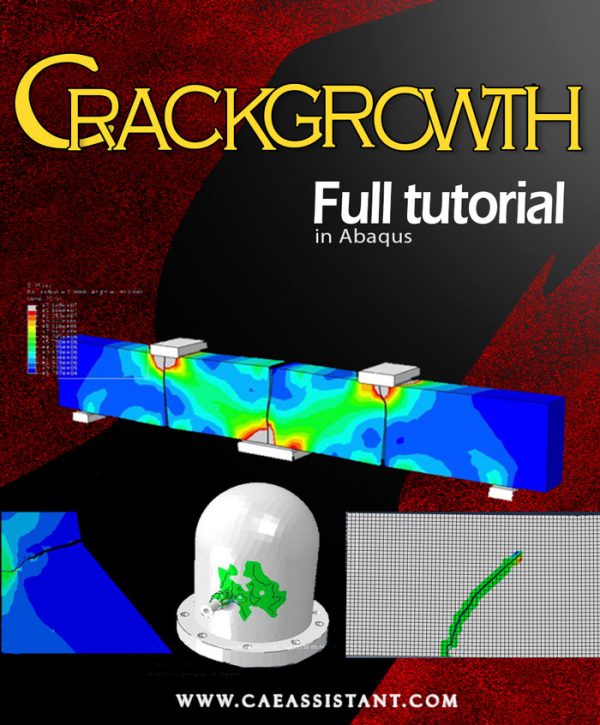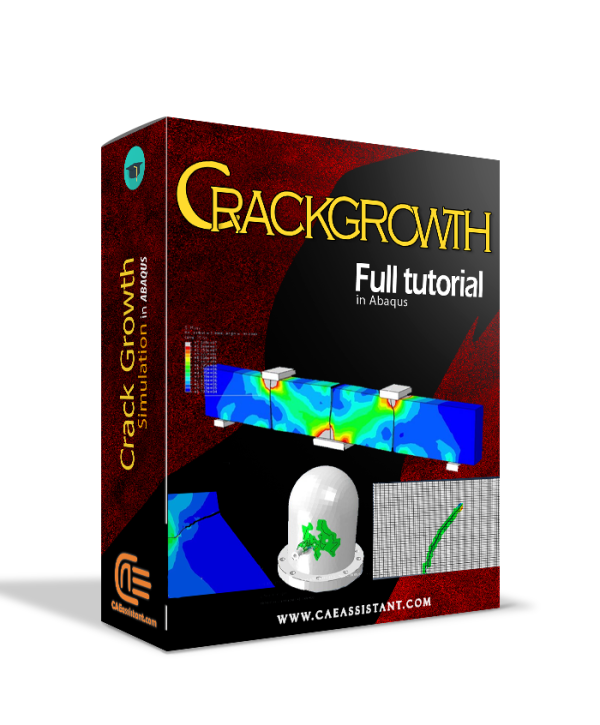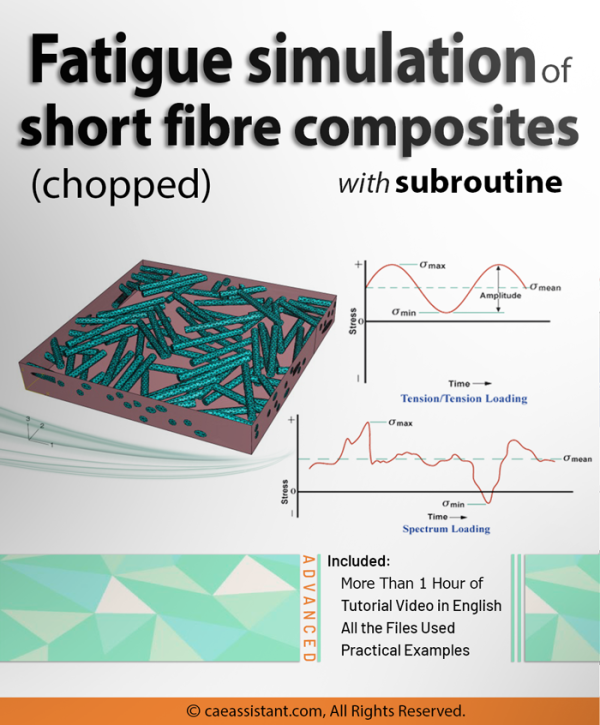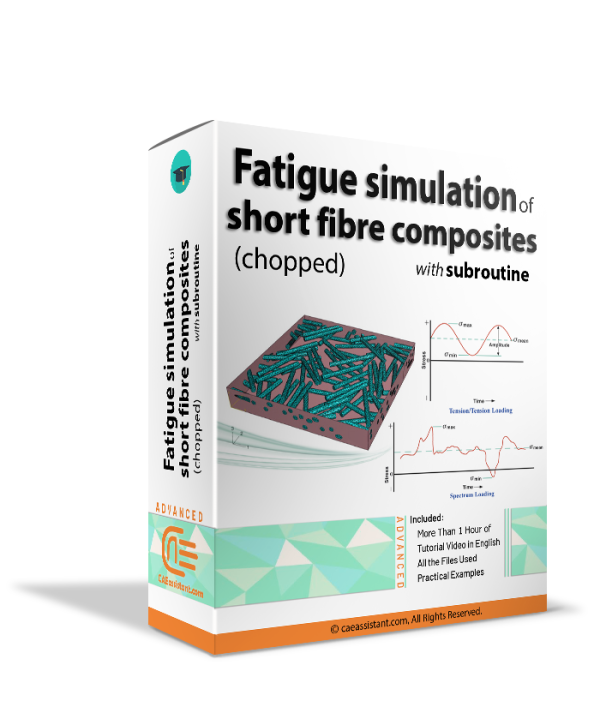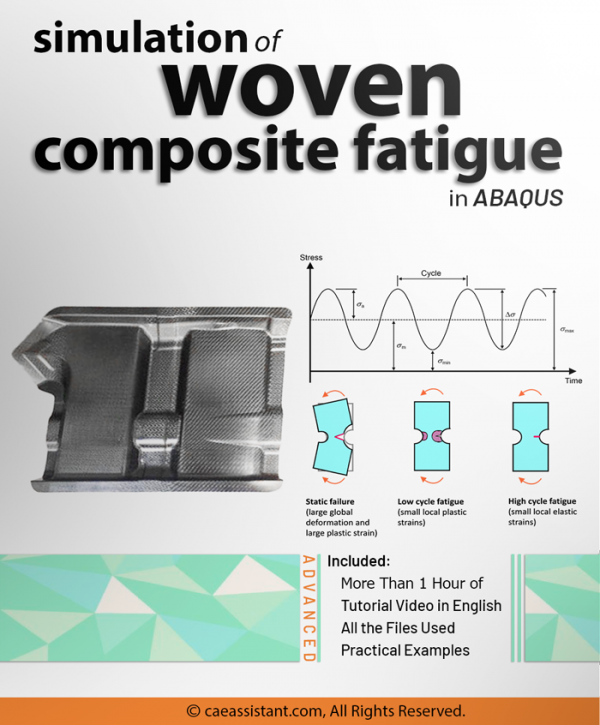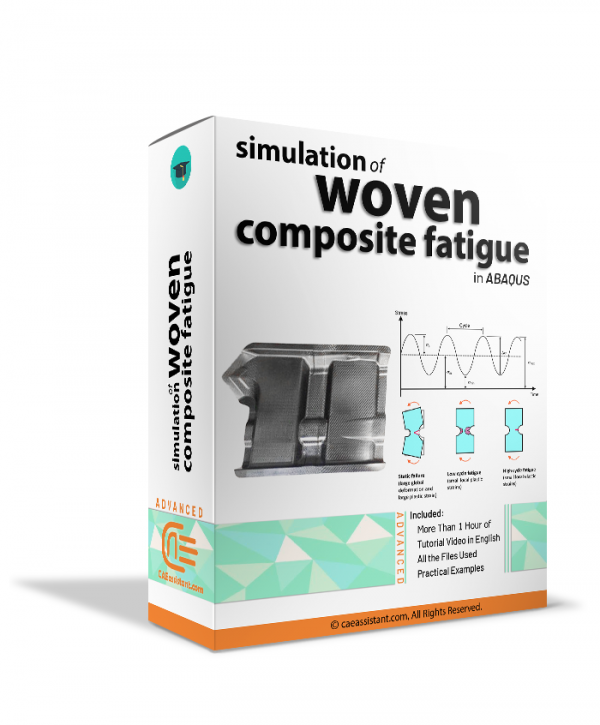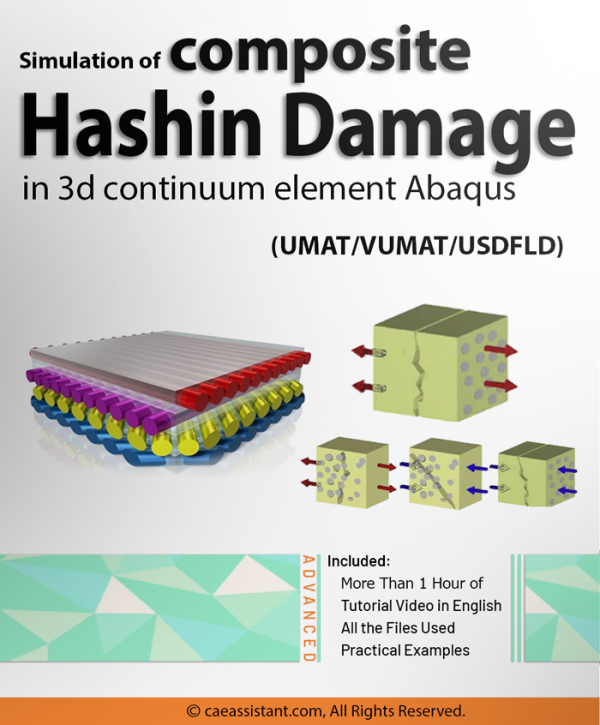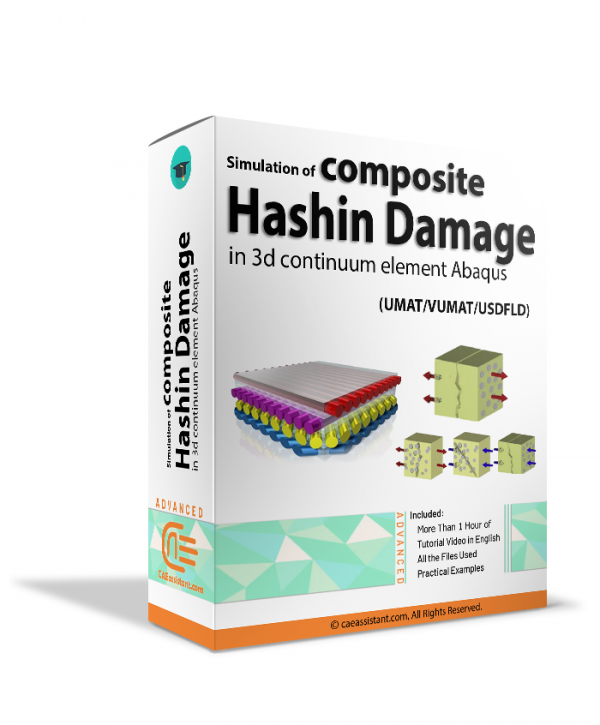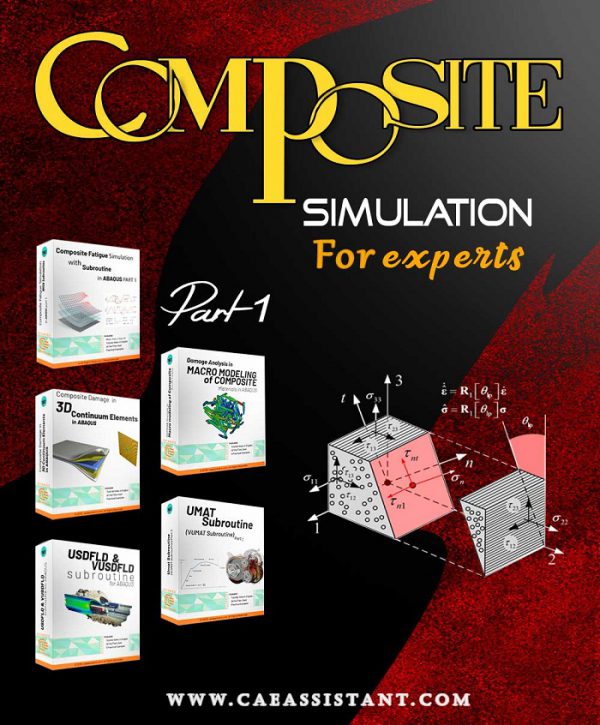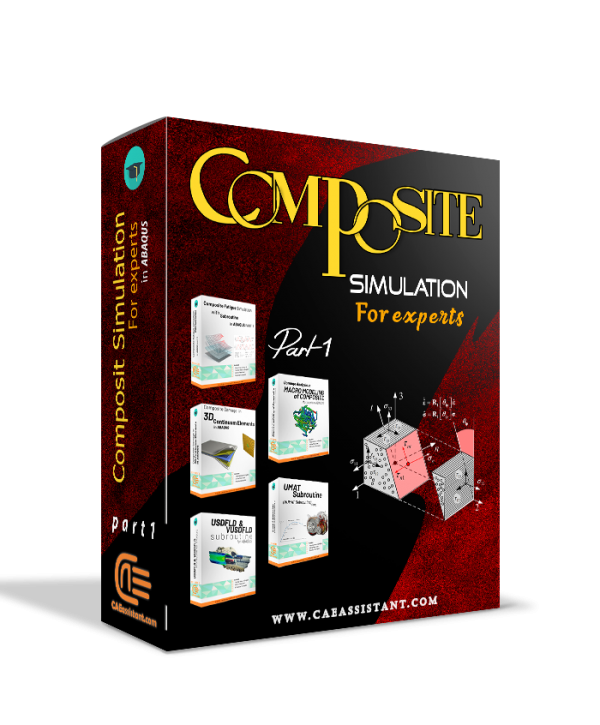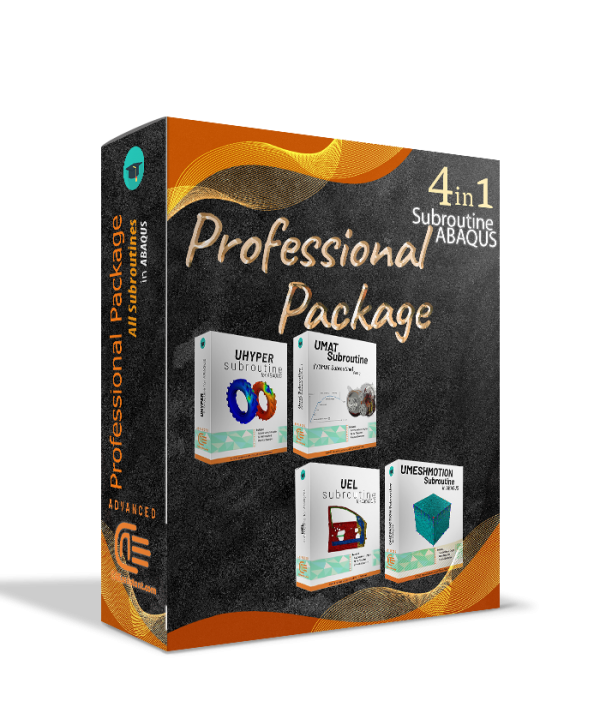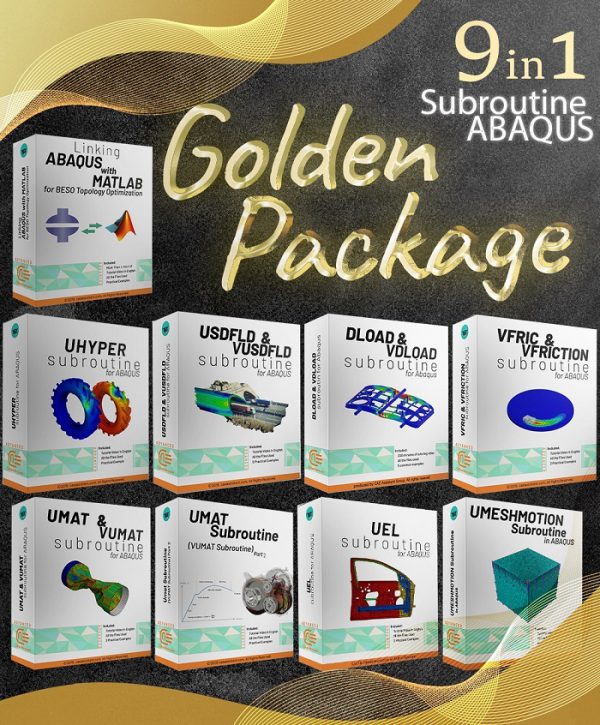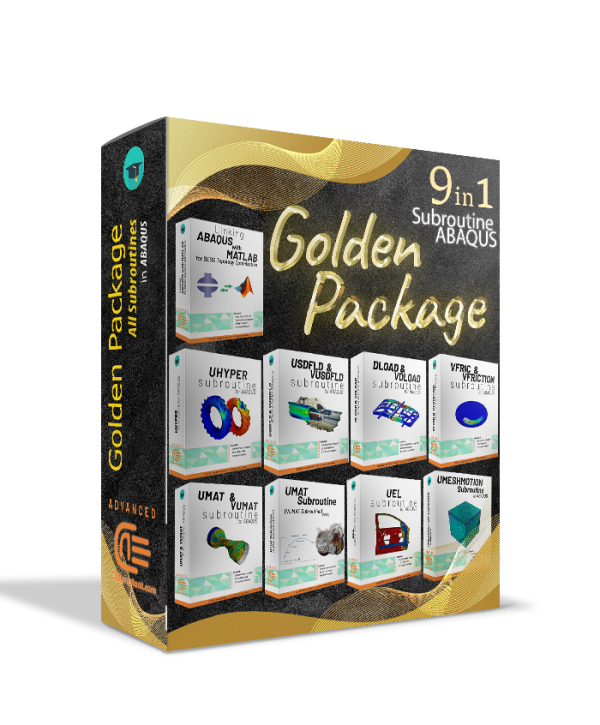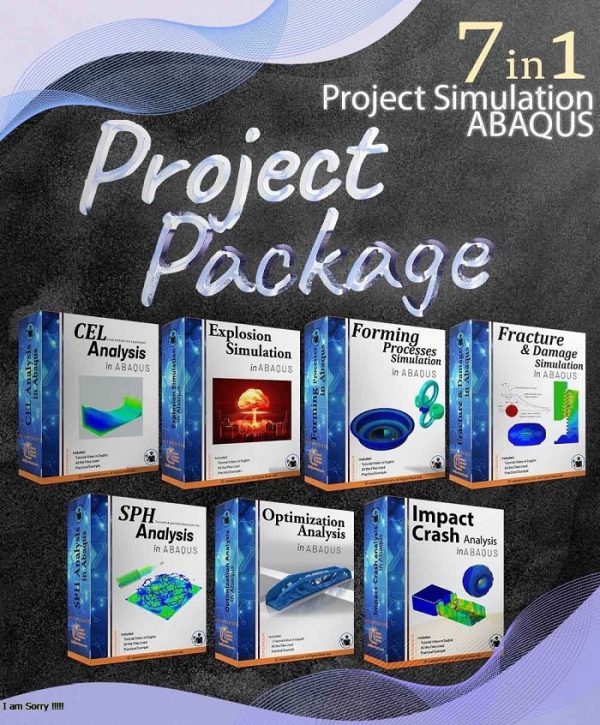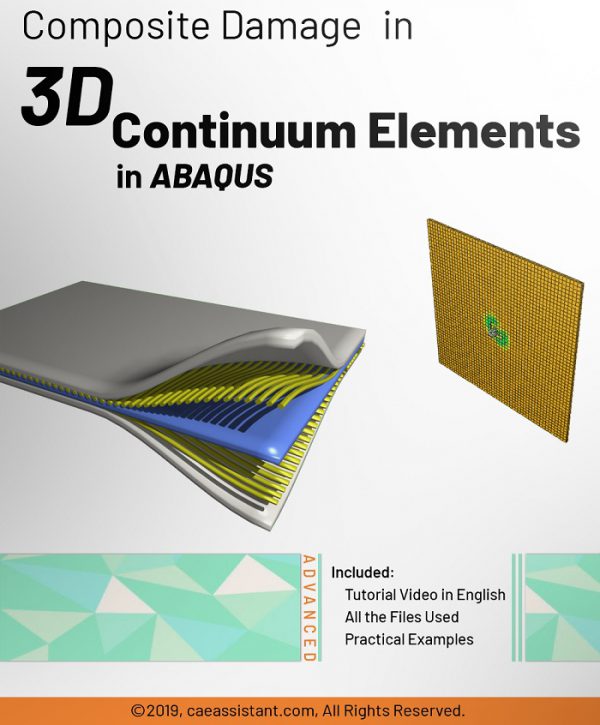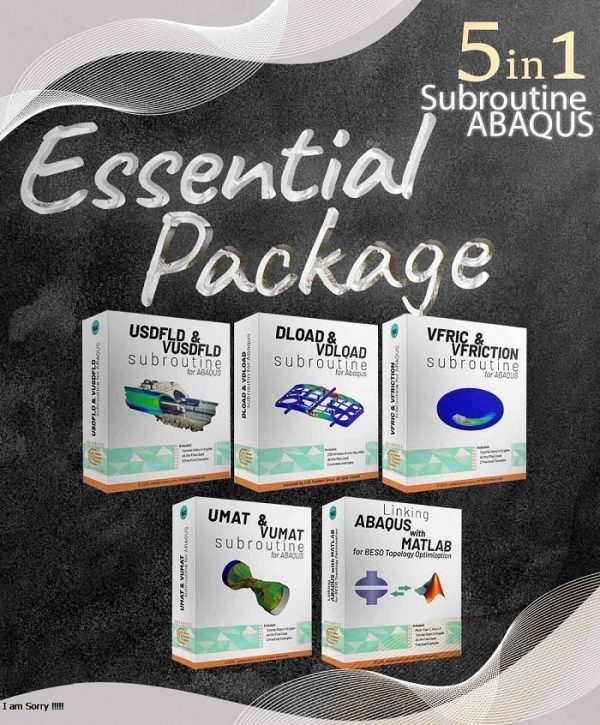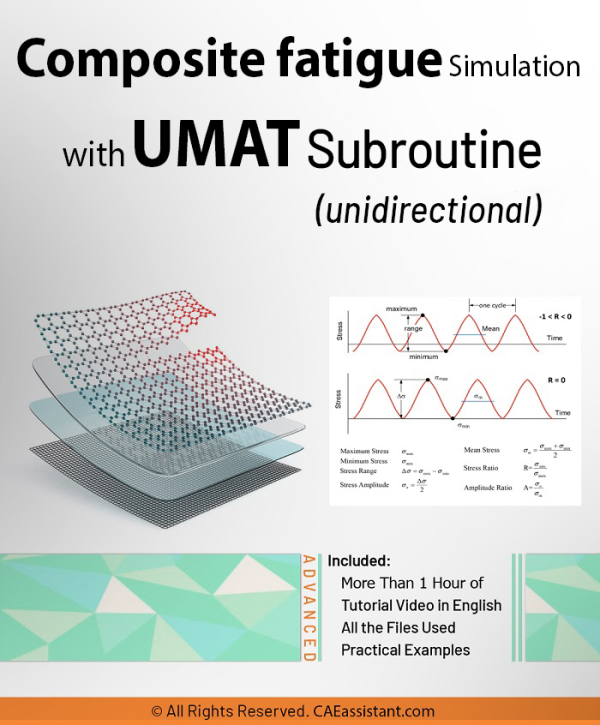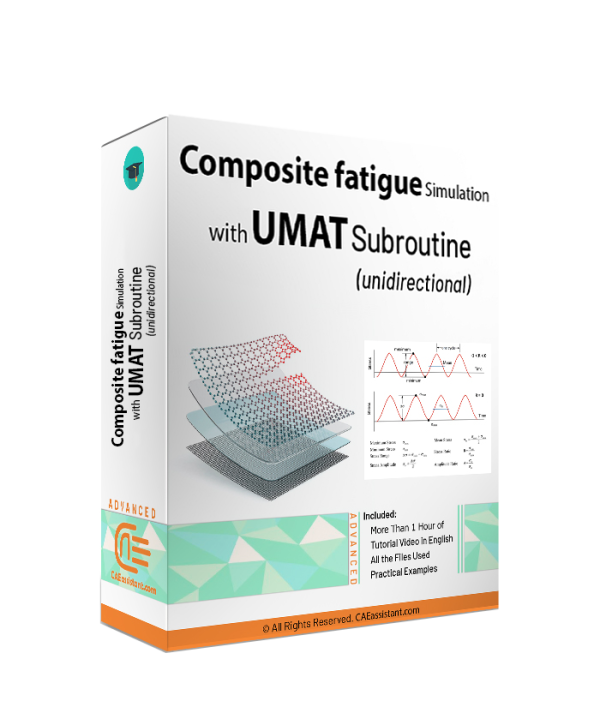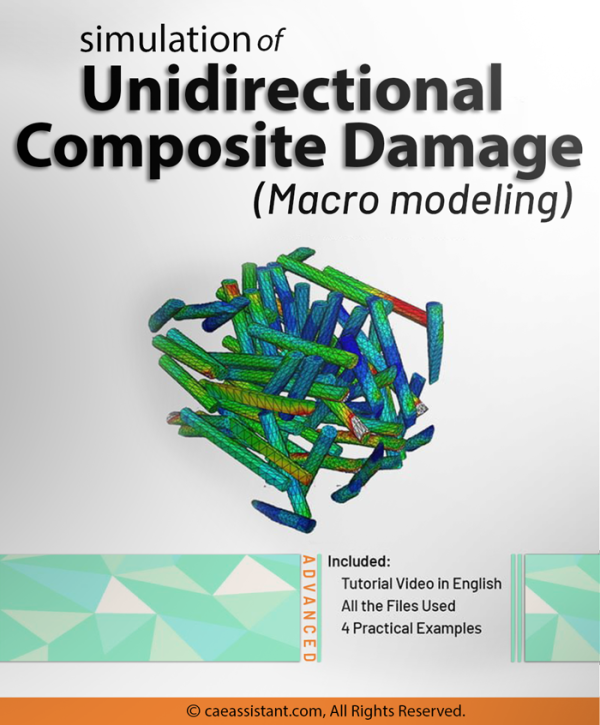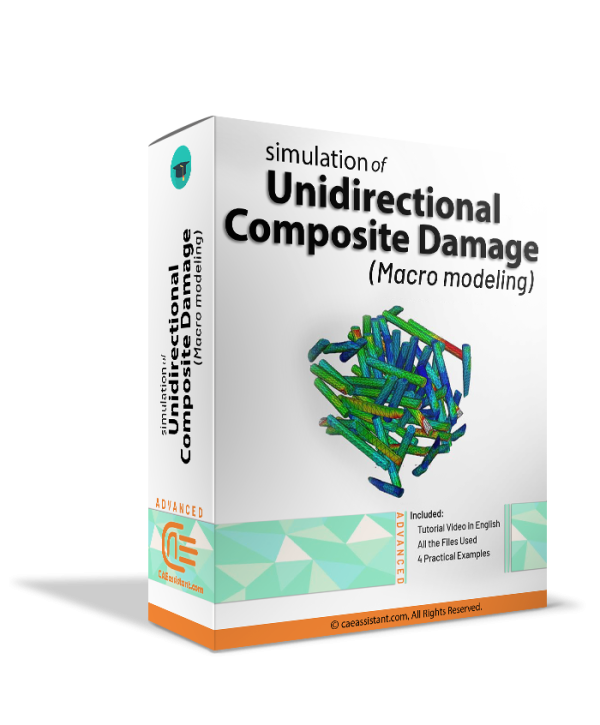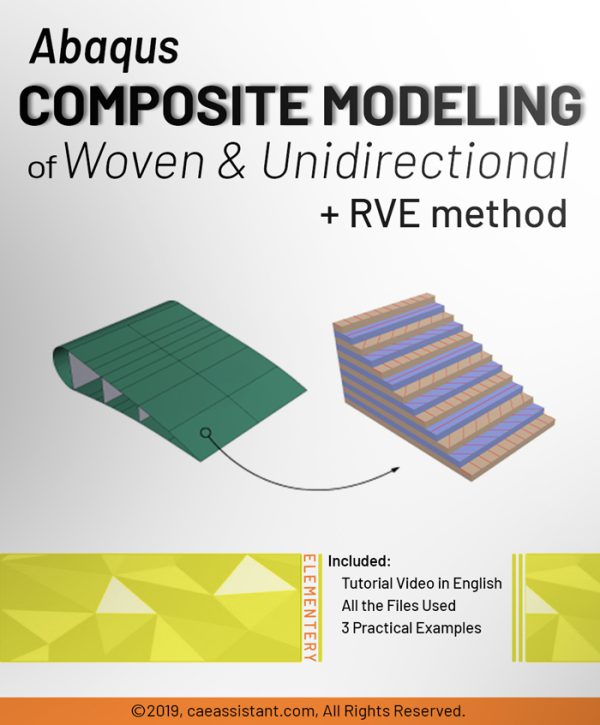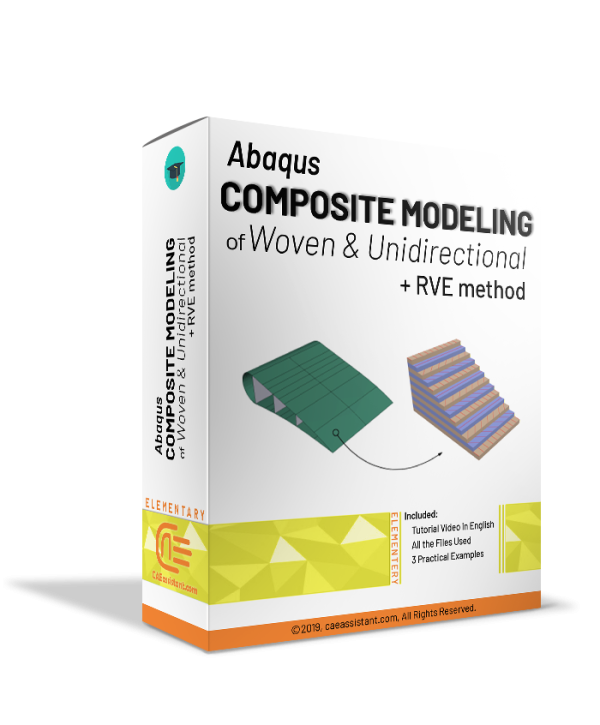Abaqus Crack Growth Full Tutorial
Fatigue damage simulation of short fibre composites with subroutine
Simulation of woven composite fatigue in Abaqus
Simulation of composite Hashin damage in 3d continuum element in Abaqus (UMAT-VUMAT-USDFLD)
Composite simulation for experts-Part-1
3D continuum Abaqus HASHIN progressive Damage for composite materials (VUMAT Subroutine)
Composite Fatigue Simulation with UMAT Subroutine in ABAQUS (unidirectional)
Simulation of Unidirectional Composite Damage in ABAQUS
Abaqus composite modeling of Woven & Unidirectional + RVE method
This training package provides comprehensive basic information and examples on for composite modeling in ABAQUS FEM software in accordance with subsequent packages. The methods of modeling these materials are in two ways: micro and macro, which vary according to the type of material selected and how they are used. Next packages focus on two modeling types professionally.
